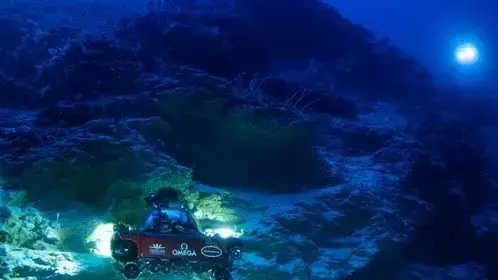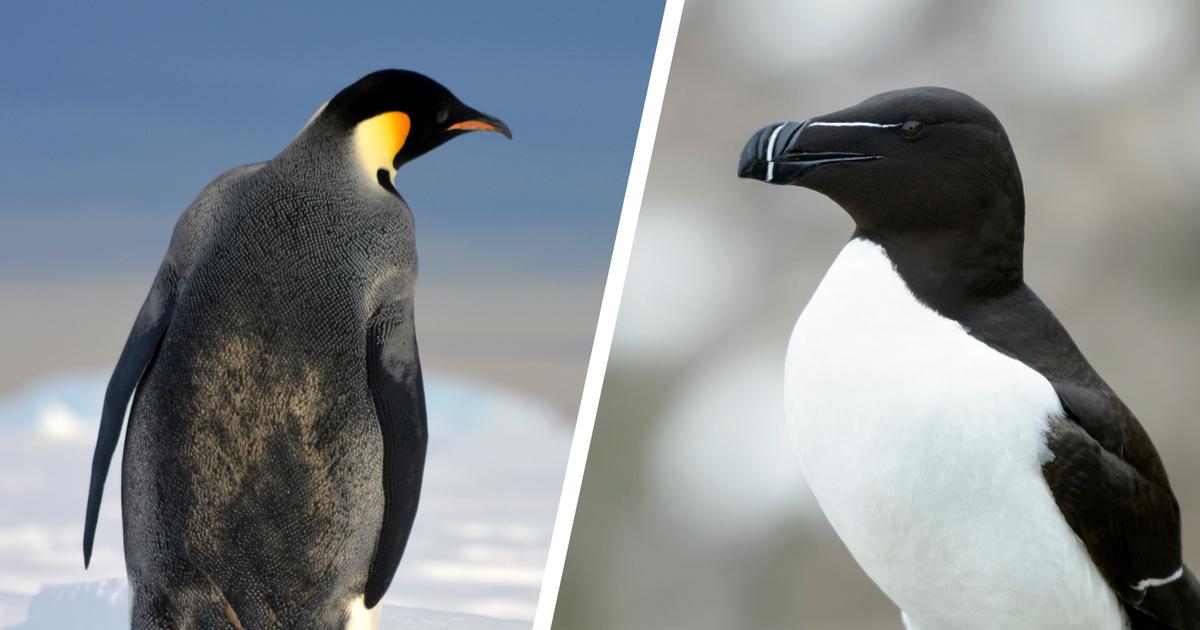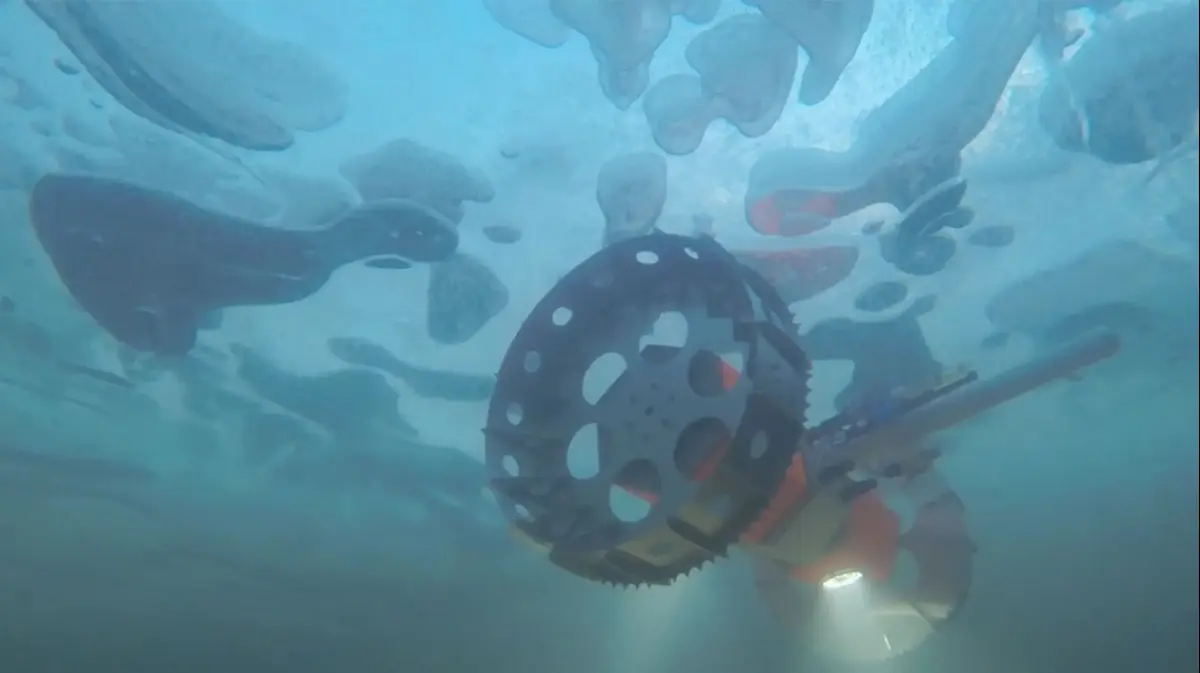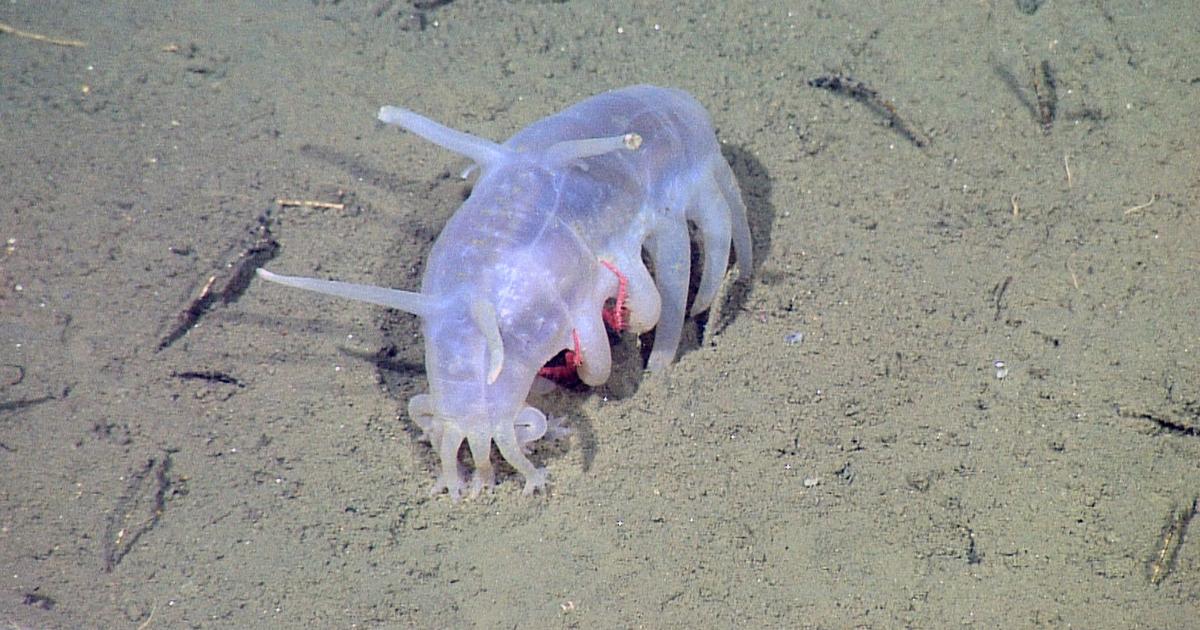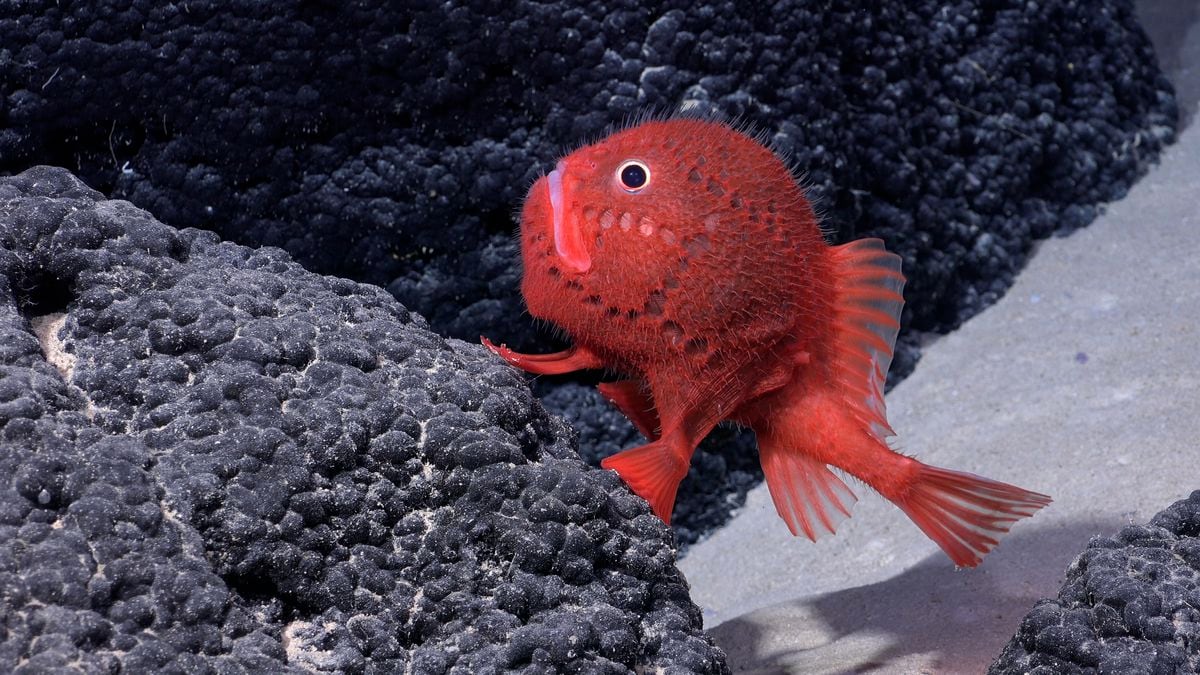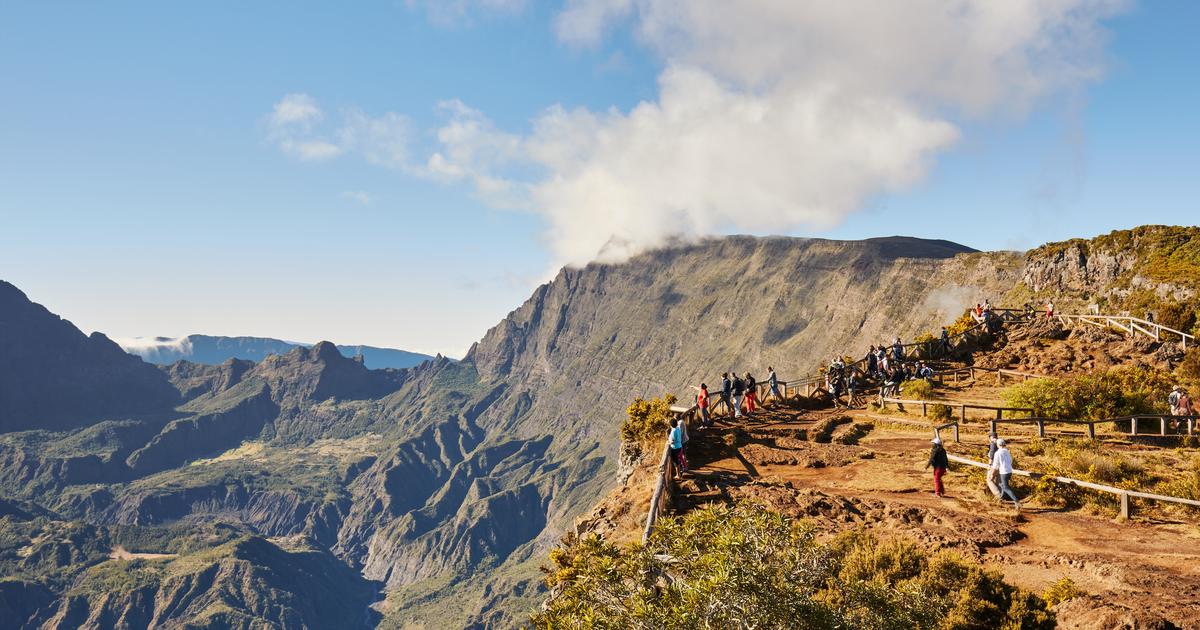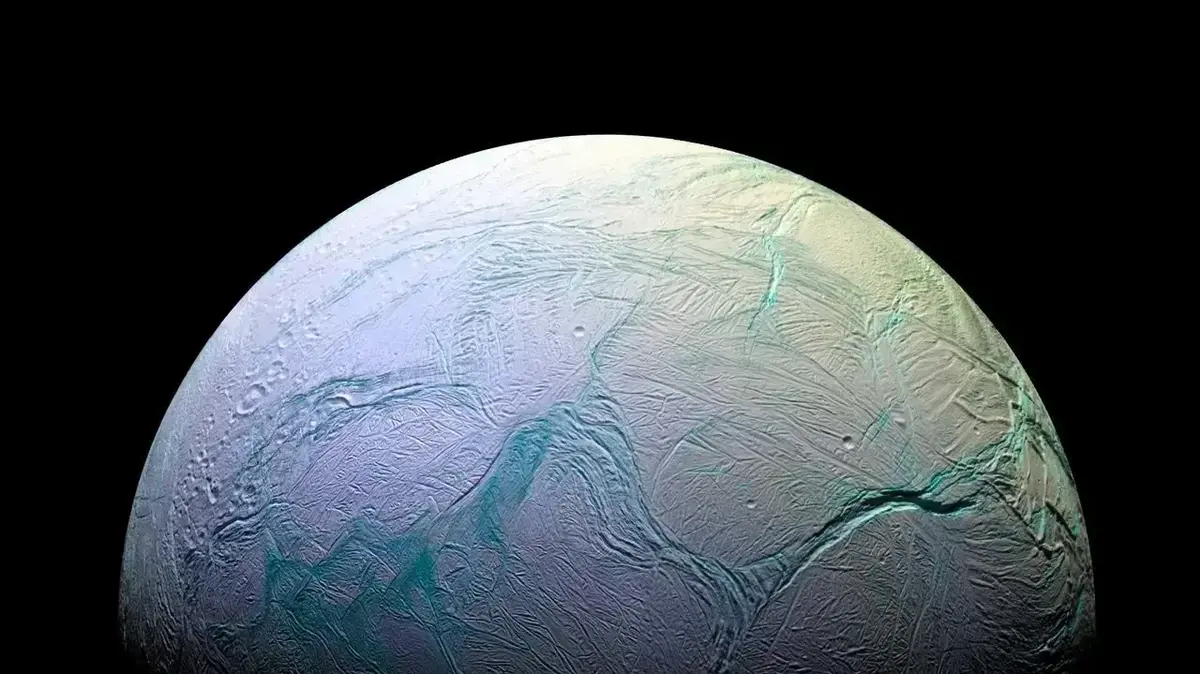The diving mission in the Maldives (Nekton)
At a depth of about 500 meters below the surface of the Indian Ocean, scientists have discovered a new and vibrant ecosystem, full of predatory sharks, schools of fish and small aquatic organisms.
The so-called "Oasis of Life" was recently found near the Maldives by a delegation of the Maldives Nekton Mission - a joint venture between the Government of the Maldives, the non-profit group Nekton and the University of Oxford.
Using the Omega Seamaster II mini-submarine, the research team detailed this distinct new ecosystem by collecting biological samples, video footage and mapping the area using sonar.
Their work focused on Mount Metzula Satho Raha, an extinct volcano that created a huge underwater mountain about 15 nautical miles in circumference.
(about 28 thousand meters)
The ecosystem that lives here is particularly unusual because its swarms of tiny organisms, known as micronekton, appear to be trapped at a depth of about 500 meters (1,640 feet).
The micro-nekton usually migrate deep at dawn, but here, they don't go lower than 500 meters into the water.
The "capture zone" is home to a diverse bunch of creatures.
The small organisms found there create a biodiversity hotspot that attracts a host of larger predators, including tuna, tiger sharks, graytip sharks, bulltooth sharks, spiny sharks, golfer sharks, hammerheads, silky sharks and thresher sharks.
A scientist says hello to a resident of the "trap zone" (photo: official website, Nekton Maldives Mission (c) Nekton 2022)
The Omega Seamaster II submarine inspects the ecosystem (photo: official website, Nekton Maldives Mission (c) Nekton 2022)
However, many of the finer details of the so-called "capture zone" are unclear.
"We are particularly intrigued at this depth - why does this happen? Is it something specific that happens at a depth of 500 meters? Does this life continue even at a lower depth? What is this transition? What is there and why? These are our critical questions that we need to ask in the next phase of the research . Why do we see the patterns we observed on this voyage? It will allow us to understand the deep ocean in much better terms," said Lucy Woodall, professor of marine biology at the University of Oxford and principal scientist at Nekton.
Take a look:
Tourism and fishing are at the heart of the Maldivian economy so understanding why fish flock to this area is of huge importance.
Ultimately, the data from this research will be used to create marine protected areas that will ensure that the ecosystem continues to survive and thrive.
"The discovery of the 'trap zone' and 'oasis of life' in the depths surrounding the Maldives provides us with critical new knowledge that further supports our conservation commitments and sustainable ocean management, and almost certainly supports fisheries and tourism," said Maldives President Ibrahim Muhammad Sulich.
tourism
news
Tags
Maldives
Oasis
the Indian Ocean

